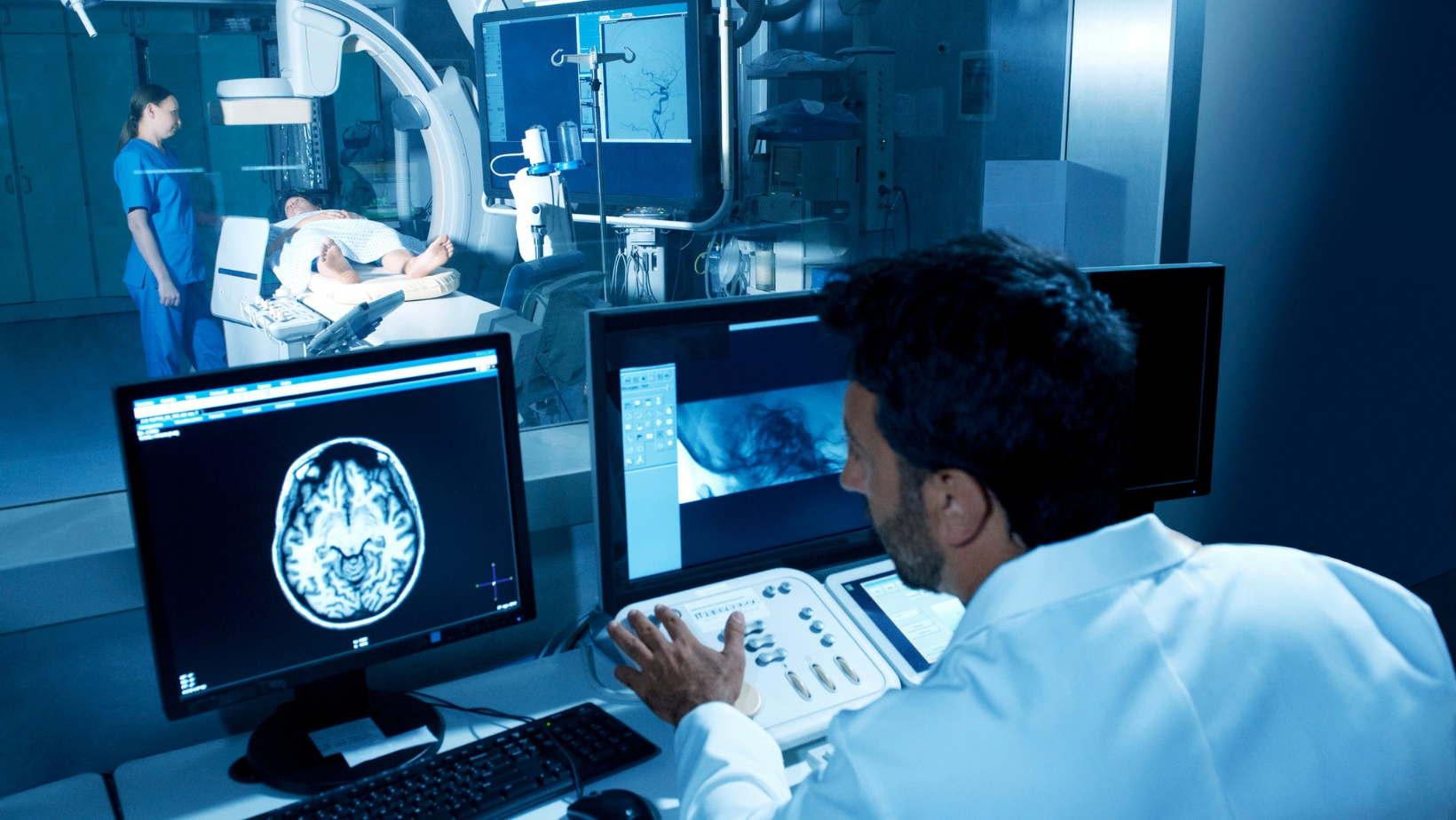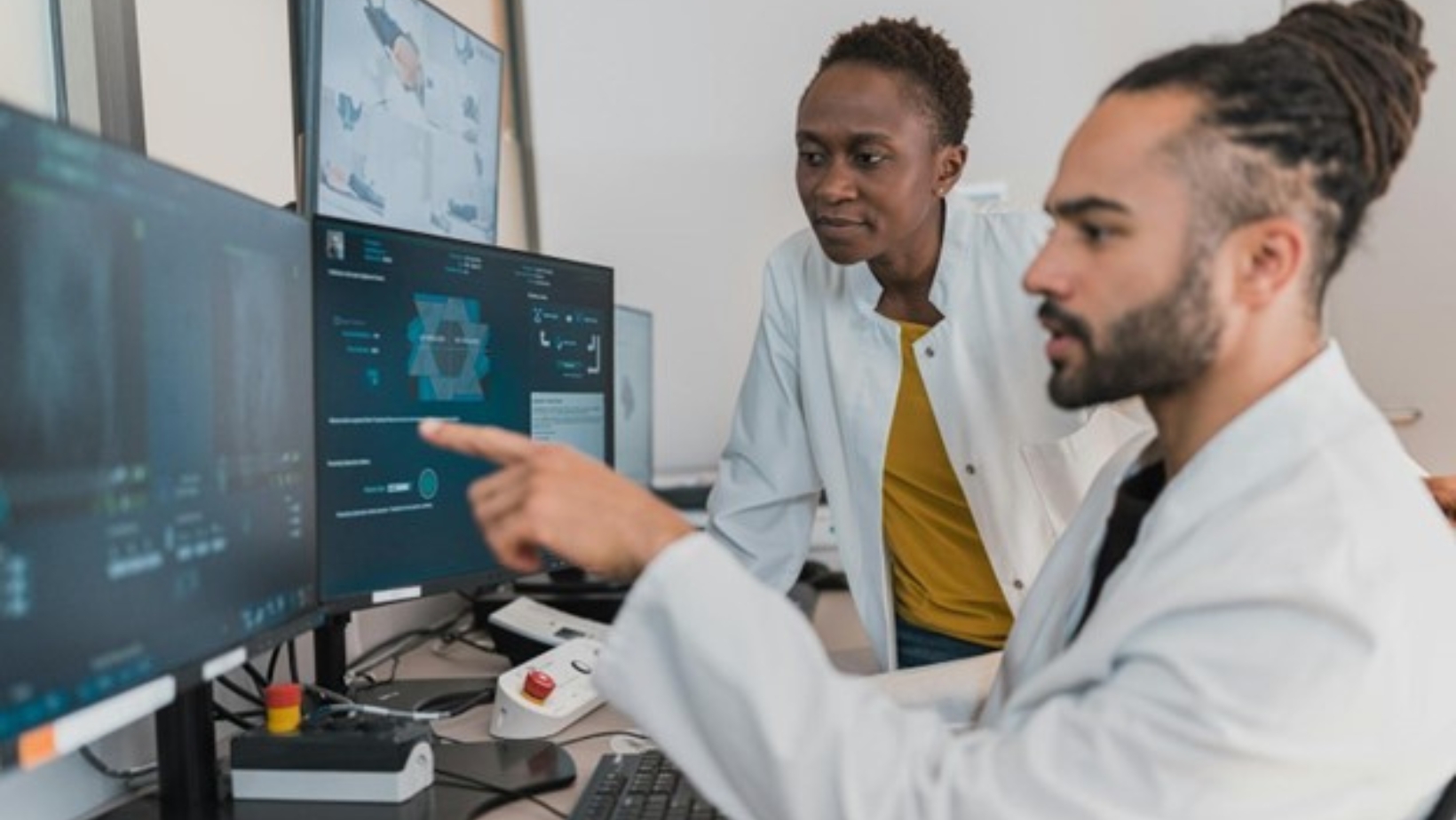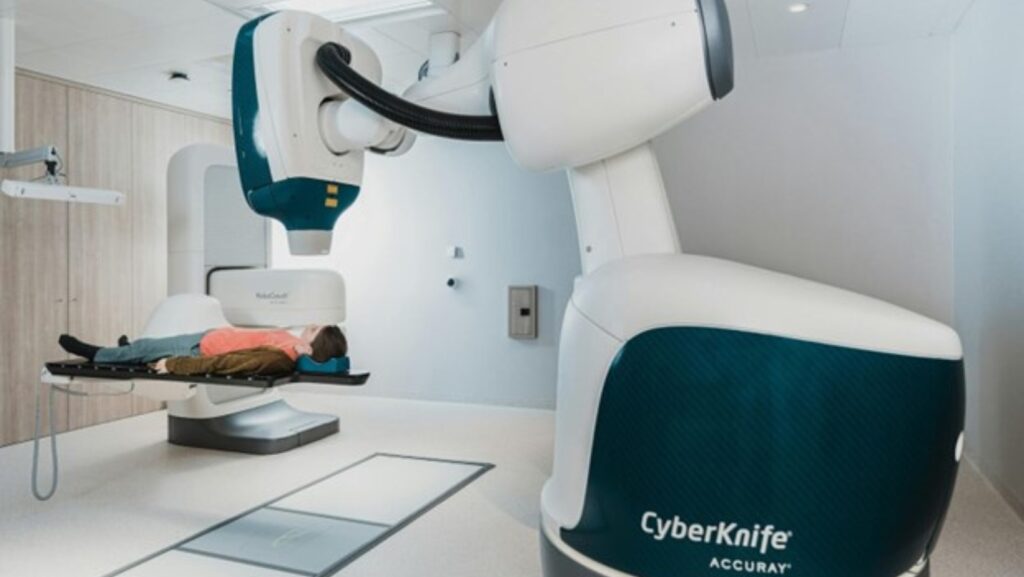Radiology is a cornerstone of modern medical diagnostics, using imaging techniques to assess and diagnose a wide range of conditions. In recent years, technological advancements have significantly transformed the field, making imaging more efficient, accurate, and accessible. With the integration of cutting-edge technologies, radiology is advancing beyond traditional methods, improving patient outcomes and streamlining the workflow for healthcare professionals. In this post, we explore six key ways that radiology and new technology solutions are overlapping, pushing the boundaries of medical imaging and diagnostics.
Artificial Intelligence (AI) in Image Analysis
One of the most profound technological advancements in radiology is the integration of artificial intelligence (AI) in image analysis. AI-powered algorithms are now being used to assist radiologists in detecting abnormalities, diagnosing conditions, and even predicting patient outcomes. These systems can process vast amounts of imaging data faster and more accurately than the human eye, identifying subtle patterns that may be missed during manual analysis.
AI solutions, such as deep learning models, are especially valuable in detecting diseases like cancer, where early detection can significantly improve survival rates. For example, AI-driven systems have been developed to detect lung nodules on CT scans and breast cancer on mammograms with greater sensitivity. The use of AI is helping radiologists work more efficiently, allowing them to focus on complex cases while AI handles routine analysis.
Streamlining Operations with RIS
Implementing a Radiology Information System (RIS) can dramatically simplify scheduling, registration, communication, and technologist workflows in healthcare settings. RIS centralizes patient data and integrates it with imaging systems, allowing for more efficient management of appointments and imaging orders. With automated scheduling and registration, patients can be processed more quickly, reducing wait times and enhancing their overall experience.

Additionally, these systems, such as Abbadox radiology information systems, facilitate seamless communication between radiologists, technologists, and other medical staff by providing real-time access to imaging results and reports. This reduces errors and ensures that imaging studies are correctly assigned and completed on time.
For technologists, RIS streamlines workflow by providing clear instructions for each imaging procedure, minimizing manual input, and freeing up time for patient care. Overall, implementing an RIS enhances the efficiency of radiology departments, improves patient outcomes, and supports better collaboration within healthcare teams.
3D Printing for Pre-Surgical Planning
One of the most exciting technological overlaps with radiology is the use of 3D printing in pre-surgical planning. Radiologists can convert 2D imaging data, such as CT and MRI scans, into detailed 3D models that replicate a patient’s anatomy. These models are invaluable for surgeons, providing a tangible, real-world representation of complex structures, such as bones, blood vessels, and tumors.
With 3D printing, surgeons can better plan and practice complex procedures before entering the operating room, reducing the risk of complications and improving surgical outcomes. For instance, 3D-printed models are often used in orthopedic surgery to design patient-specific implants or in cardiac surgery to visualize congenital heart defects. This technology not only enhances surgical precision but also helps patients better understand their conditions and treatment options.
Advanced Imaging Modalities
The advent of new imaging modalities has significantly broadened the scope of radiology. Traditional X-rays and ultrasound remain vital, but newer techniques, such as functional MRI (fMRI), PET-CT scans, and elastography, provide more detailed and specific information about the body’s internal structures and functions. These advanced imaging tools are crucial for detecting complex conditions and guiding treatment plans.
For example, fMRI enables radiologists to monitor brain activity by measuring blood flow, which is useful in diagnosing neurological disorders like Alzheimer’s and epilepsy. Similarly, PET-CT combines the functional imaging capabilities of positron emission tomography with the anatomical detail of computed tomography, allowing for the precise detection of cancers, infections, and other diseases. These advanced imaging solutions offer deeper insights into the body, enabling more accurate diagnoses.
Telemedicine and Remote Radiology
Telemedicine has expanded into the realm of radiology, enabling the rise of teleradiology. Teleradiology allows radiologists to remotely read and interpret medical images from any location, providing real-time diagnostic support to hospitals and clinics around the world. This technology has proven particularly beneficial for rural and underserved areas, where access to radiology specialists may be limited.

By leveraging secure online platforms, teleradiology connects radiologists with healthcare providers, enabling them to deliver timely diagnoses even when they are not physically present. This is especially critical in emergencies, where quick decision-making can save lives. As telemedicine continues to grow, so too does its impact on radiology, increasing access to high-quality imaging services worldwide.
Wearable Devices and Portable Imaging
Wearable health devices and portable imaging solutions are changing the landscape of radiology by allowing real-time monitoring and diagnostics outside of traditional healthcare settings. Devices like portable ultrasound machines, which can be used at the bedside or in remote locations, provide immediate access to imaging capabilities that were once only available in hospitals or clinics.
Additionally, wearable technology, such as smartwatches and health trackers, are being integrated with imaging solutions to monitor vital signs and detect early signs of disease. For example, wearable devices can track heart rhythms and alert healthcare providers to irregularities that may require further imaging studies. These portable and wearable solutions are bringing radiology into patients’ homes, making healthcare more personalized and accessible.
The overlap between radiology and new technology solutions is reshaping the future of medical imaging and diagnostics. From AI-assisted image analysis to cloud-based storage, 3D printing, advanced imaging modalities, teleradiology, and wearable devices, these technological advancements are improving the accuracy, efficiency, and accessibility of radiological services. As these innovations continue to evolve, radiology will remain at the forefront of modern healthcare, delivering better outcomes for patients and healthcare providers alike.


